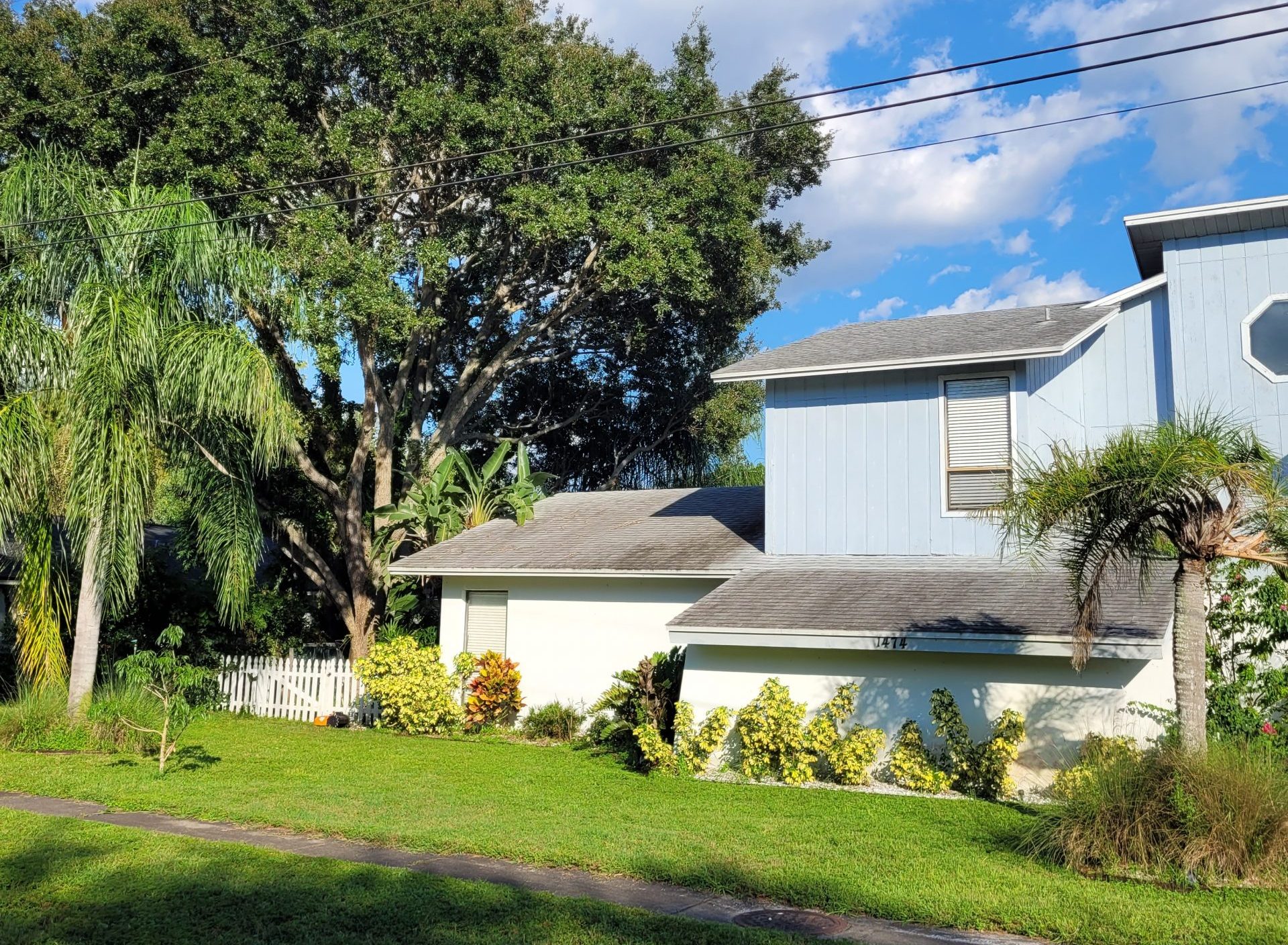While we all wish our trees could live and stand forever, the reality is that simple aging and other threats, from pests to disease, may eventually reach a point where the tree’s life is near ending. In some cases, the signs of this process won’t be visible until right near the end, and it’s possible in these settings that the rapid decline of a tree creates a situation where tree removal is not just a need, but an imminent one to protect your property and surroundings from the risk of a fall.
At Acorn Tree Service, we’re proud to offer a wide range of arborist and tree care services, including tree removal for cases where one or more trees on your property has declined to the point of posing a danger. Recognizing the signs of a tree that’s becoming dangerous is one of the most important tasks a homeowner has when caring for their trees — this two-part blog series will go over the most common signs that your tree might need prompt removal, plus the value of working with top tree care specialists in this area.
Trees Leaning Dangerously
The first and perhaps most common visible sign of a tree that requires immediate removal is one that is leaning in a dangerous direction, altering the landscape in negative fashion. This usually means one end of the tree has begun to decay or break down, placing serious weight on its opposite side and causing it to lean in an unnatural way.
A decaying tree might actually be bracing for this change by growing new roots at the bottom, thus keeping this leaning growth more stable than it appears. This doesn’t mean the tree’s life is safe, though; the weight shift throughout the structure also means that some branches are carrying more of their overall weight than usual, leading to stress on these limbs and a potential for them to snap or drop dangerously without warning.
Roots Damaged
In other cases, you’ll first begin to notice issues with the roots of your tree, which are vital for providing stability and keeping your trees alive. Damage to the roots often means the soil around them is loosened or cracked, meaning that the support structure of your tree is compromised.
Obviously, this can predispose a tree to leaning more easily, which may lead to branches dropping off without warning (see above). A secondary concern here would be damage to the
roots themselves; these can cause rot and bacterial growth if they’re damaged enough to allow fungi or other pathogens into the root system.
In part two of our series, we’ll go over some lesser-known signs to look out for, plus some tips on how our pros will help if you’re in this situation.
For more on the signs that a tree on your property requires prompt removal, or to learn about any of our tree trimming, tree removal or other tree care services, speak to the staff at Acorn Tree Service today.


